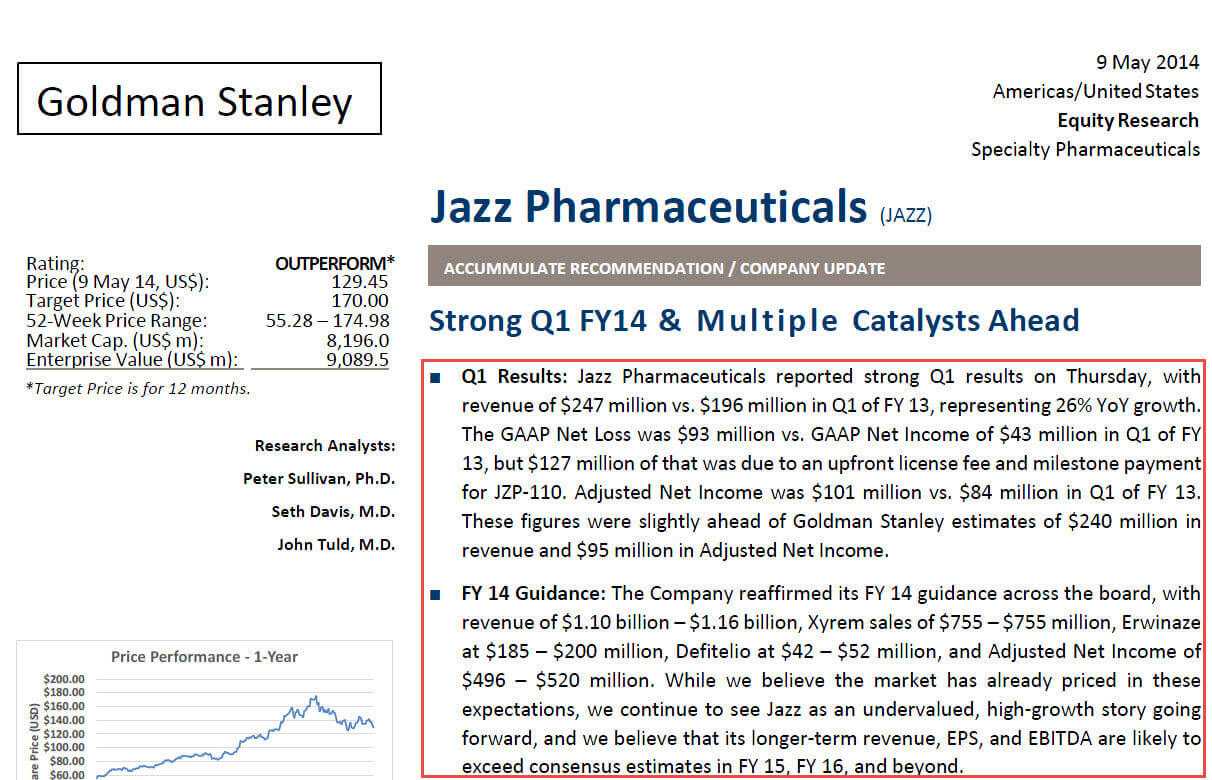Equity Assessment: A Tactical Approach to Investment Growth
In today's ever-changing financial realm, investors are increasingly recognizing the value of informed decision-making when it comes to growing their financial resources. Equity analysis has surfaced as a essential tool in this pursuit, allowing stakeholders to assess the worth of stocks and make tactical movements that align with their investment aspirations. As more individuals strive to grasp the nuances of investment markets, the function of professionals in financial analysis has never been more critical.

By capitalizing on the expertise of stock evaluation professionals, stakeholders can gain a more profound insight of market behaviors, company performance, and likely dangers. These professionals provide important insights that go deeper than surface-level information, offering a holistic understanding of the factors that influence stock performance. This tactical strategy not only assists in spotting potential financial prospects but also helps in formulating a enduring investment strategy tailored to individual goals.
Grasping Equity Assessment
Stock analysis is the process of analyzing a company's stock to determine its valuation and prospects for subsequent growth. This includes a thorough analysis of financial reports, market trends, and the macro environment. Investors employ various numerical and subjective approaches to assess whether a share is fairly priced, inflated, or undervalued. equity research report is to identify opportunities for investment that can lead to considerable returns.
One of the key elements of equity analysis is the analysis of financial statements. This entails scrutinizing a firm's income statement, financial condition report, and cash flow statement. By reviewing these statements, analysts can measure the business's earnings capacity, fiscal stability, and operational performance. Formulas such as earnings multiple, P/B ratio, and financial leverage ratio are often applied to evaluate a company's performance against its peers.
In alongside to economic indicators, equity assessors consider outside influences that can influence a company's performance, such as industry trends, the competitive landscape, and macroeconomic indicators. This comprehensive method allows analysts to make smart investments based on both quantitative data and qualitative insights. By leveraging the expertise of equity analysis experts, investors can enhance their comprehension and increase their opportunities of securing financial growth.
Crucial Metrics for Equity Choices
When conducting stock evaluation, grasping key metrics is fundamental to making wise equity choices. One key indicator is the P/E Ratio, which measures a company's existing share price to its EPS. A decreased P/E ratio may indicate that a share is priced low, while a increased ratio could suggest overvaluation. Traders often use this ratio to gauge market anticipations of a firm's upcoming expansion and results, making it a key component in assessing prospective investments.
Another important indictor is the ROE, which assesses a firm's financial success by indicating how much earnings it produces with investor's equity. A higher ROE indicates skillful leadership and a strong financial results, showing that a business is adept at turning equity funds into returns. This metric is particularly useful for contrasting businesses within the same field, as it showcases those that are superior at generating returns for their stakeholders.
Moreover, analyzing the Debt to Equity Ratio offers understanding into a business's financial borrowing power and exposure. This indicator shows the percentage of debt and capital used to finance a firm's holdings. A increased value might suggest that a company is assuming too much debt, which could pose issues during economic downturns. On the other hand, a decreased ratio shows a much cautious strategy to capital management. Understanding these essential metrics arms shareholders with the knowledge needed to make wise equity choices.
Developing a Effective Strategy
A solid strategy in equity analysis is crucial for handling the intricacies of the investment landscape. It initiates with explicitly articulating your investment objectives and risk tolerance. Comprehending what you want to attain—regardless of whether it is long-term growth, income generation, or short-term gains—will inform your analysis and decision-making. Establishing a risk threshold assists to recognize which equities align with your comfort level, enabling you to exclude options that may not fit your investment style.
Once your goals are set, the subsequent step requires conducting thorough research. This includes analyzing financial statements, assessing market trends, and understanding the economic factors that may influence stock performance. Equity analysis specialists can deliver assistance and valuable data that are frequently challenging to analyze for individual investors. Their experience can enable you to find undervalued stocks or sectors poised for growth while preventing potential pitfalls in a changing market.
In conclusion, ongoing evaluation and modification of your strategy are essential for continued success. The market is dynamic, and what works today may not work tomorrow. Regularly reviewing your portfolio's performance and remaining receptive to new information can help you stay focused with your investment objectives. By partnering with equity analysis experts, you can gain new perspectives that boost your choices and in the end lead to better investment outcomes.